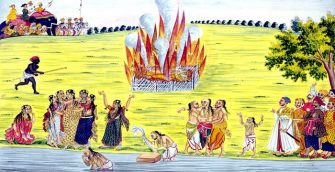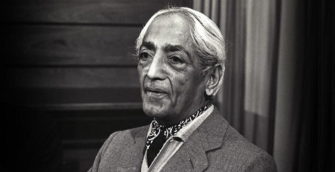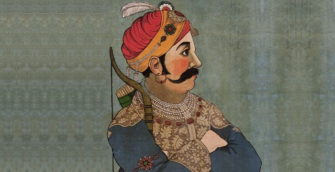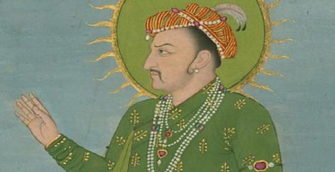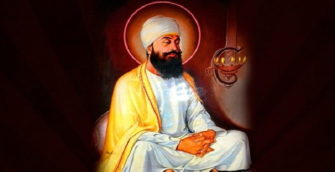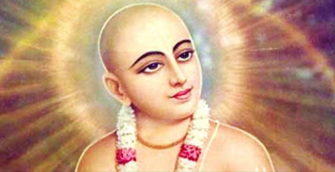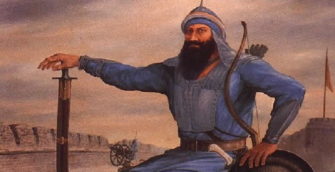The swastika (卐 or卍) is an age-old symbol in religions across Asia, Europe and Africa, having positive connotations like good luck, life or prosperity. Know about its history, origin, meaning and significance
History
Articles
Sati is a banned funeral custom, in which a widow either voluntarily or by compulsion self-immolates on her husband’s pyre, or commits suicide in some other manner, following her husband's death.
The Bengal famine of 1943 was one of the most devastating famines in history and claimed approximately 2.1-3 million lives.
The Dutch East India Company was founded as a chartered company to trade with India and Southeast Asian countries. Let’s have a look at the history of the Dutch East India Company, including its formation, conflicts in India, and decline and fall.
Know all about Aryans’ origin, homeland, migration, associated myths, and timeline.
Jiddu Krishnamurti was an Indian philosopher, writer, and speaker. Let’s take a look at his childhood, philosophy, life etc.
Prithviraja III, famous as Prithviraj Chauhan, was one of the greatest Rajput rulers. Let’s take a look at his childhood, rule, administration, death and other facts.
Jahangir was the fourth Mughal emperor and one of the most prominent rulers of the great empire. He ruled from 1605 until his death in 1627.
Guru Tegh Bahadur was the ninth Guru of the Sikhs, often venerated as the ‘Protector of Humanity’ (Srisht-di-Chadar) by the Sikhs.
Chaitanya Mahaprabhu was a 15th century Vedic spiritual leader, who is considered an avatar of Lord Krishna by his followers.
Kazi Nazrul Islam was a Bengali poet, musician, and revolutionary; he is the national poet of Bangladesh.
Banda Singh Bahadur was a Sikh military leader, who founded a Sikh state, which had its capital at Lohgarh in present-day Haryana.

